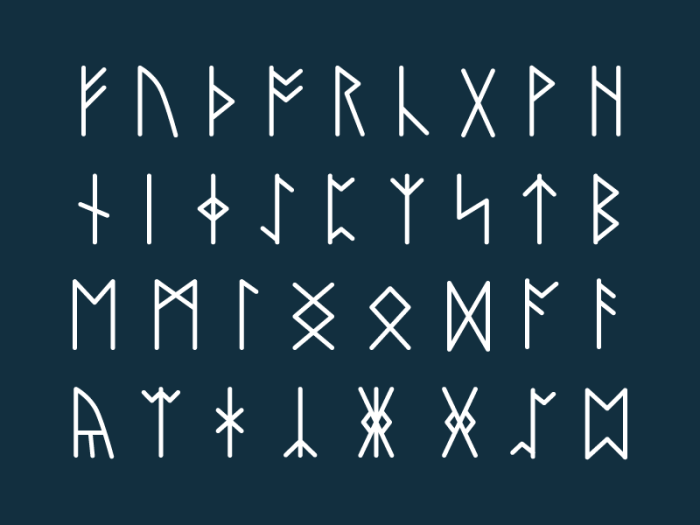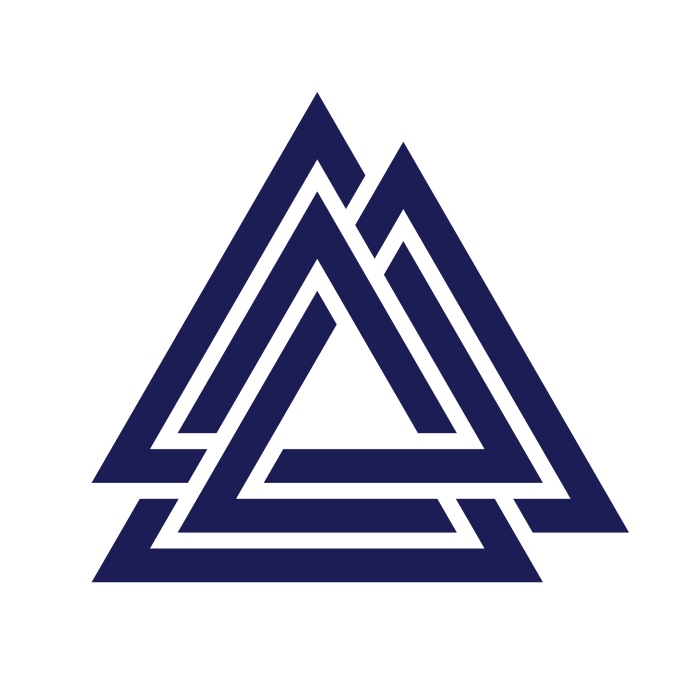Norse gods and goddesses and their symbols – Embark on an enlightening journey into the realm of Norse mythology, where gods and goddesses reign supreme, and symbols hold profound significance. From Odin, the Allfather, to Thor, the mighty thunderer, and Freya, the goddess of love and fertility, we delve into the captivating world of Norse deities, their attributes, powers, and relationships.
Symbols, deeply intertwined with Norse mythology, provide a rich tapestry of meaning. Runes, animals, and natural elements each carry unique associations with specific gods and goddesses, revealing insights into their personalities and domains of influence. This comprehensive guide explores the symbolism found in Norse myths, legends, and artifacts, unraveling the deeper meanings and values embedded within.
Norse Gods and Goddesses
The Norse pantheon is populated by a vast array of gods and goddesses, each with their own unique attributes, powers, and domains of influence. They played pivotal roles in Norse mythology, shaping the destinies of mortals and influencing the course of events.
Major Norse Gods and Goddesses
- Odin:The All-Father, king of the gods, god of wisdom, war, and death.
- Thor:God of thunder, lightning, and storms, protector of mankind.
- Loki:The trickster god, known for his cunning and mischief.
- Frigg:Goddess of marriage, motherhood, and prophecy, wife of Odin.
- Freya:Goddess of love, beauty, fertility, and war.
- Heimdall:Guardian of Asgard, the realm of the gods, with keen eyesight and hearing.
- Baldur:God of light, beauty, and innocence, slain by Loki’s treachery.
- Tyr:God of war, law, and justice, sacrificed his hand to bind the wolf Fenrir.
- Sif:Goddess of the harvest and fertility, wife of Thor, with beautiful golden hair.
- Hel:Goddess of the underworld, who presides over the realm of the dead.
Norse Symbols

Symbols played a significant role in Norse mythology, representing the powers and attributes of the gods and goddesses, as well as the forces of nature and the cosmos. They were used in art, artifacts, and rituals to invoke divine protection, enhance magical powers, and convey important messages.
Runes
- Fehu:Rune of wealth, cattle, and prosperity.
- Uruz:Rune of strength, courage, and determination.
- Thurisaz:Rune of protection, defense, and the thorn giant.
- Ansuz:Rune of communication, wisdom, and the god Odin.
- Raidho:Rune of travel, journeys, and the wheel of life.
Animals
- Raven:Associated with Odin, symbol of wisdom and prophecy.
- Wolf:Associated with Fenrir, symbol of chaos and destruction.
- Snake:Associated with Jormungandr, the world serpent, symbol of the endless cycle of life and death.
- Horse:Associated with Sleipnir, Odin’s eight-legged horse, symbol of speed and agility.
Natural Elements
- Tree of Life (Yggdrasil):A giant ash tree that connects the nine realms of Norse mythology.
- Bifrost:The rainbow bridge that connects Asgard to Midgard, the realm of humans.
- Valhalla:The hall of slain warriors, where they feast and prepare for Ragnarok.
- Niflheim:The realm of ice and darkness, where Hel presides.
Symbolism in Norse Myths

Norse myths are replete with symbolic elements that convey deeper meanings and reflect the beliefs and values of the Norse people. These symbols can be found in the actions, objects, and characters that populate the stories.
Recurring Themes, Norse gods and goddesses and their symbols
- The Battle of Ragnarok:The end of the world, where the gods and their enemies clash in a final, cataclysmic battle.
- The Cycle of Life and Death:The endless cycle of creation, destruction, and rebirth, represented by the Tree of Life and the snake Jormungandr.
- The Importance of Fate:The belief that destiny is predetermined, as seen in the prophecy of Ragnarok and the role of the Norns.
Archetypal Characters
- The Hero:Represented by Thor, the god of thunder, who embodies strength, courage, and the defense of the realm.
- The Trickster:Represented by Loki, the god of mischief, who brings chaos and disruption to the world.
- The Wise Old Man:Represented by Odin, the All-Father, who possesses vast knowledge and wisdom.
Influence of Norse Mythology

Norse mythology has had a profound influence on modern culture, inspiring countless works of literature, art, and popular media. Its gods, goddesses, and symbols continue to resonate with audiences today.
Literature
- The Lord of the Rings:J.R.R. Tolkien drew heavily on Norse mythology for his epic fantasy novel, incorporating characters, themes, and symbols.
- American Gods:Neil Gaiman’s novel explores the survival of Norse gods in modern-day America.
Art
- Viking Ship Burials:The elaborate burial ships of Viking leaders often featured intricate carvings of Norse gods and symbols.
- Runestones:Standing stones inscribed with runes commemorate important events and individuals, often invoking the protection of Norse gods.
Popular Media
- Marvel Comics:Characters such as Thor, Loki, and Hela are based on Norse mythology.
- Video Games:Games like God of War and Skyrim incorporate Norse mythology into their storylines and gameplay.
General Inquiries: Norse Gods And Goddesses And Their Symbols
Who is the chief god in Norse mythology?
Odin, the Allfather, is the chief god in Norse mythology.
What is the name of Thor’s hammer?
Mjolnir is the name of Thor’s hammer.
What is the significance of the World Tree in Norse mythology?
The World Tree, known as Yggdrasil, represents the cosmos and connects the nine realms.